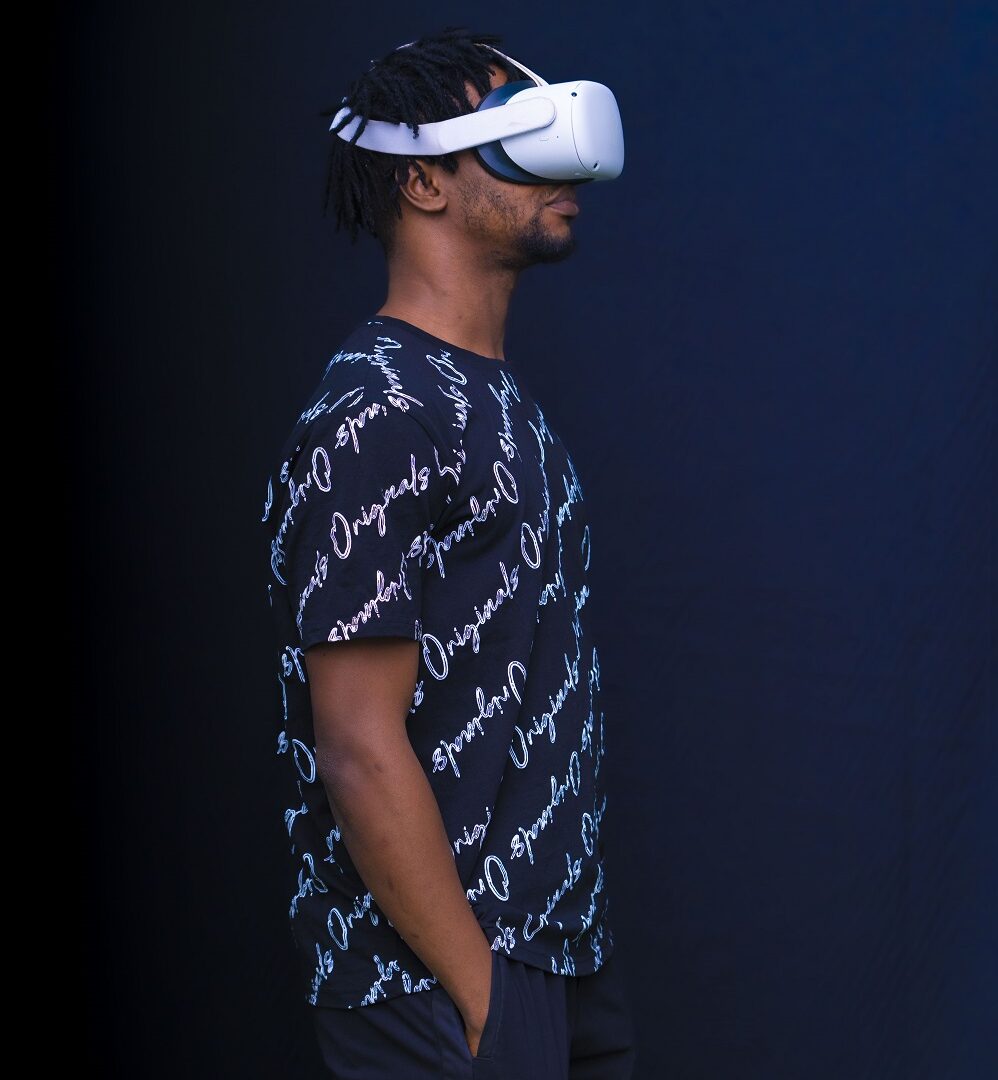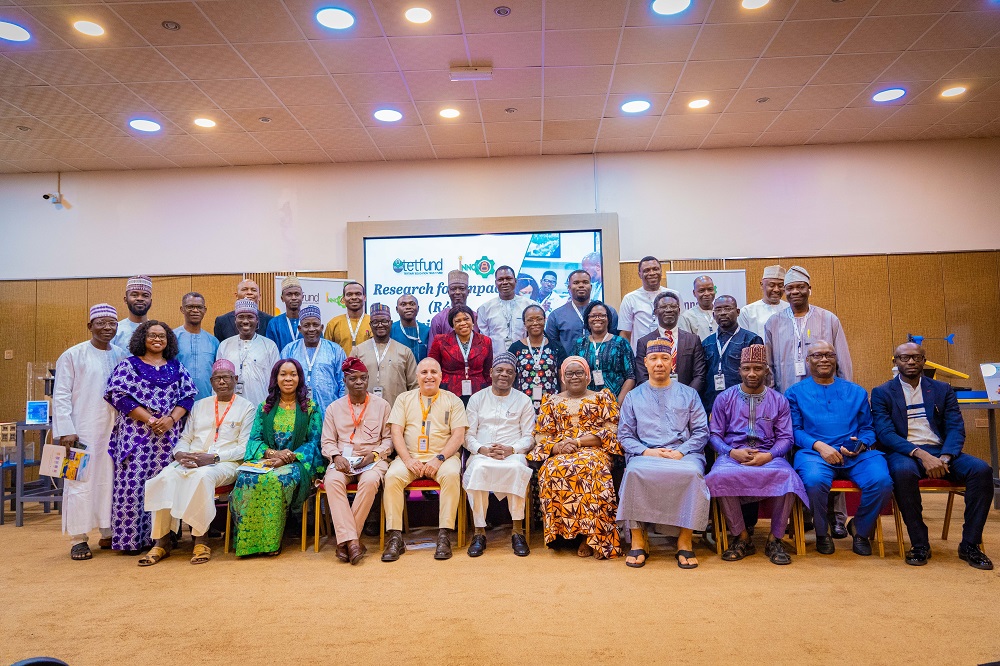Introduction Virtual and Augmented Reality: In the ever-evolving landscape of technology, only a few innovations have captured the imagination and potential for transformation quite like Virtual Reality (VR) and Augmented Reality (AR). Once considered niche technologies, VR and AR have rapidly evolved into powerful tools that are reshaping various industries, from entertainment and education to healthcare and manufacturing. Welcome to
Author: Innov8 Hub
Embracing the Future: Best Tech Trends for SMEs in Nigeria
Introduction In today’s fast-paced digital era, technology has become a non-negotiable tool for businesses of all sizes, including small and medium-sized enterprises (SMEs). Embracing the right tech trends can empower SMEs to thrive in the competitive market, boost productivity and streamline operations. This piece aims to explore some of the best tech trends that can significantly impact SMEs in Nigeria,
R4i 8.0 Recap: Executive Secretaries of TETFund and NBTE in Attendance at Closing Event
R4i 8.0 Recap: The Research for Impact Initiative (R4i) is revolutionizing research, development, and innovation in Nigeria through the collaboration between TETFund and Innov8 Hub. This initiative has empowered members of the Nigerian Academia from various tertiary institutions across the country to develop innovative prototypes. At R4i 8.0, 18 participants were nominated from Polytechnics across Nigeria’s geo-political zones. They underwent
Man vs Machine: An Overview of the Rise of AI
Artificial intelligence (AI) is rapidly evolving the world around us. From self-driven automobiles to virtual assistants, AI is already having a significant impact on our lives, productivity, and perhaps an opaque view of human development. But what does the future hold for AI? Will machines eventually surpass human intelligence? In this blog post, we will take a comprehensive overview of
The Research for Impact (R4i) Initiative 8.0 Commences at Innov8 Hub
Impact, Research, & Nigerian Academia: Strengthening the Triple Helix Synergy The Research for Impact (R4i) Initiative commenced today at Innov8 Hub, Abuja. It marks the continuation of an exciting collaboration between the Tertiary Education Trust Fund (TETFund) and Innov8 Hub. This ground-breaking initiative aims to foster research, development, and innovation within the Nigerian Academia. Specifically designed for academics in Polytechnics
R4i 7.0 Recap: Boosting Research and Development in Nigerian Academia
R4i 7.0 Recap: The Research for Impact Initiative (R4i) continues to shape the landscape of Research and Development and innovation in Nigerian Academia. R4i is an initiative of the Tertiary Education Trust Fund (TETFund) in collaboration with Innov8 Hub. This initiative converges members of the Nigerian Academia at Innov8 Hub, the epicenter of innovation and start-up incubation in Nigeria. R4i
Research for Impact 7.0 Commences at Innov8 Hub
Research for Impact Commences:The Research for Impact (R4i) Initiative 7.0 commenced today at Innov8 Hub, Abuja. R4i is a collaborative initiative of the Tertiary Education Trust Fund (TETFund) and Innov8 Hub. R4i is a ground-breaking initiative that seeks to connect research, development and innovation among members of the Nigerian Academia. The R4i 7.0 edition is specifically for academics in Polytechnics
Research for Impact Initiative 6.0: Strengthening the Triple Helix Synergy in Nigeria
The Research for Impact Initiative (R4i) 6.0, Nigeria’s foremost initiative in research, development, and innovation, came to an end on June 16, 2023, at Innov8 Hub. R4i is an initiative of the Tertiary Education Trust Fund (TETFund) in collaboration with Innov8 Hub. Members of Nigerian academia from public institutions are the target of the initiative, which aims to foster innovation,
Research for Impact 6.0 Commences at Innov8 hub
The Research for Impact (R4i) Initiative 6.0 commenced today at Innov8 Hub. The R4i participants, carefully selected through nomination, converged at Innov8 Hub today for the Opening Event. About R4i The Tertiary Education Trust Fund (TETFund) collaborated with Innov8 Hub to conceive the Research for Impact Initiative. The program, spanning 11 days, specifically caters to members of Nigerian academia from
Research for Impact Initiative 5.0 comes to an End at Innov8 Hub
The Research for Impact Initiative 5.0 came to an end on 26th May, 2023. R4i is an initiative of TETFund in collaboration with Innov8 Hub, designed for members of Nigerian academia to turn their research ideas into innovative solutions. Research for Impact Initiative 5.0: The Distribution At R4i 5.0, participants went through the critical processes of turning ideas into innovation.















